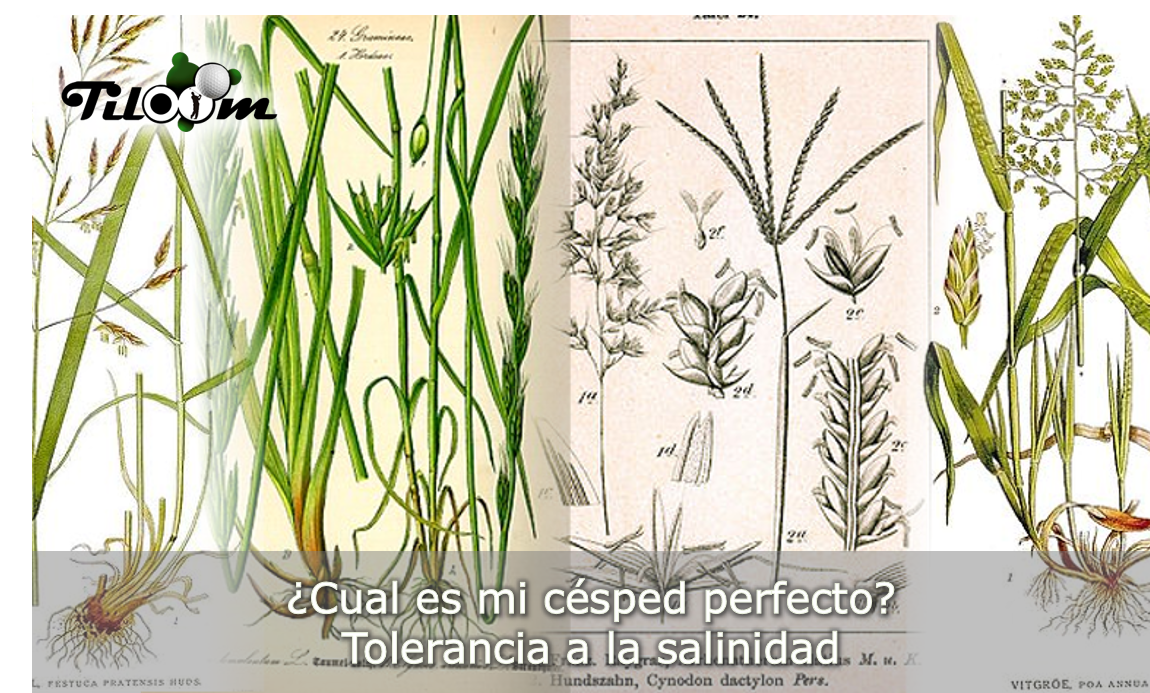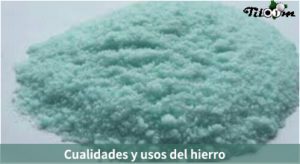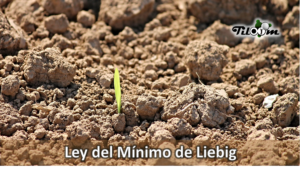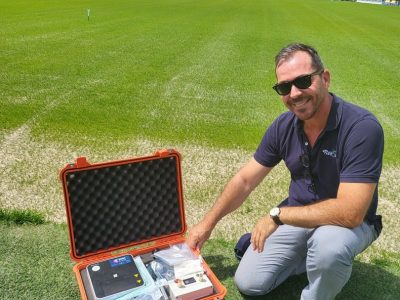This website uses cookies so that we can provide you with the best user experience possible. Cookie information is stored in your browser and performs functions such as recognising you when you return to our website and helping our team to understand which sections of the website you find most interesting and useful.
🌟 Improve your sports field with a expert audit.











2 Responses
Excellent information.
We are currently developing a tourism project on an island, and we are looking for the species best suited to the warm climate of tropical beaches.
Thank you for the information.
We are glad to read this. If you need any help or support, please do not hesitate to contact soporte@tiloom.com